Meet the golf course manager: Jim McMurdo
Related Articles
Tadmarton Heath is one of the most attractive golf courses in Oxfordshire. We speak to its course manager Jim McMurdo, and its golf operations manager / chairman of greens, John Stubbs, about their five-year programme to restore heather to the course.
Tadmarton Heath Golf Club in Oxfordshire’s course is a classic heathland layout with no shortage of gorse and broom. The free-draining sandy soil ensures it is playable throughout the year and the small, testing greens have always been highly regarded. In the summer the premium is on accuracy and, when the fairways firm up, the ‘inland links’ character offers a unique challenge. Situated on a hill, the wind is always a factor at Tadmarton, notably in the winter when the long par fours are a stiff test for even the longest hitters.
We caught up with the club’s course manager, Jim McMurdo, and its golf operations manager, John Stubbs, to find out about them and the work that goes into maintaining this popular and well-respected venue.
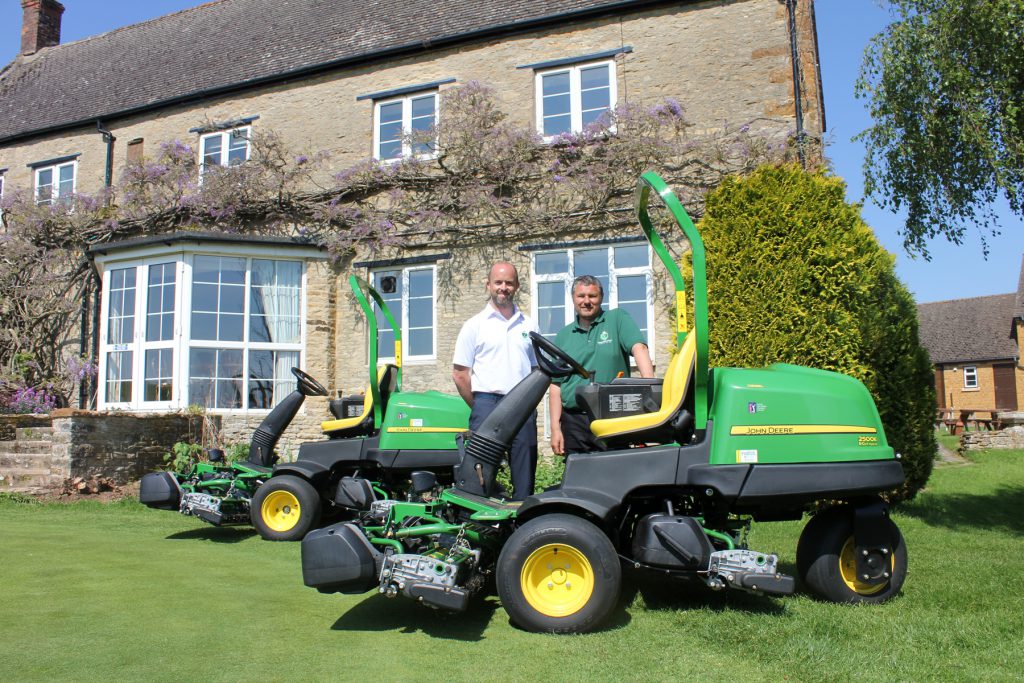
John Stubbs and Jim McMurdo
Jim McMurdo:
What was your path to greenkeeping, where did you study and how long have you now been at Tadmarton Heath Golf Club?
I started at Prestwick Golf Club in Ayrshire on the youth training scheme in 1985. I left after one year, then an apprentice job become available in March 1988 and I stayed there until November 2017, working my way to deputy head greenkeeper.
I started greenkeeping as I loved playing golf at a early age, and thought it would be good to work on a golf course as I could play golf all day (how wrong I was with that!)
I studied at Elmwood College for my first year as an apprentice then moved to Woodburn House in Rutherglen, Scotland for my final two years to complete levels 1 and 2, I did my level 3 through South Ayrshire College with Gordon McGinn – most of Ayrshire’s greenkeepers were taught by Gordon, who had fantastic enthusiasm for the job.
I completed my HNC through Elmwood college online.
I started as course manager at Tadmarton Heath on December 1, 2017.
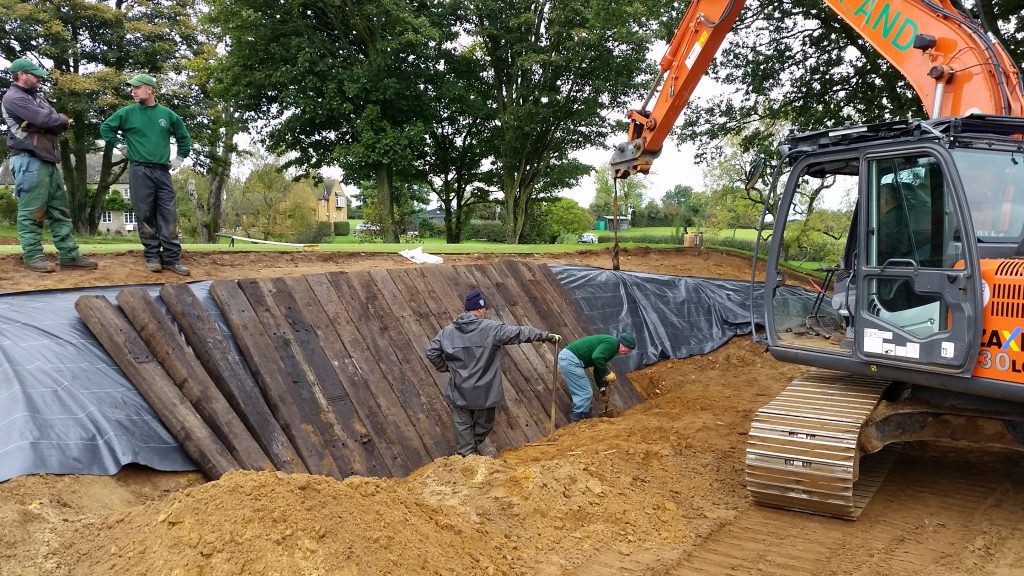
What’s the size of your team?
We have six staff, including myself: deputy course manager Neil Markham,
assistants Peter Hawkes and Jake Southam, and apprentices Jonnie Jeffcock and William Wilson. We try and make sure every member of staff does all aspects of the job from the top to the bottom.
What would you say are the biggest challenges you currently face and how does this impact on the daily maintenance?
The biggest challenge we are facing is trying to repair the damage from last year’s summer drought. We lost a lot of grass on the weaker fairways. We have a lot of thatch build up on these fairways and reducing this is a major problem that we have just started through the autumn and winter of last year.
The club has invested in the Terra Rake and Vredo seeder to help. This will be ongoing next autumn and winter, with scarifying, aeration and wetting agent programmes continuing, and further overseeding will be required.
One of the biggest challenges since I started has been the weather. From last winter’s snow, the ‘beast from the east’ and so on straight into 30 degrees-plus tempretures for months during the summer.
In 2018 we had 93 days when it rained and already this year we are 45mm down on last year’s rainfall. With no irrigation on fairways, we’re all praying history doesn’t repeat itself. The club has invested in upgrading our irrigation pumps over the winter, which will help us.
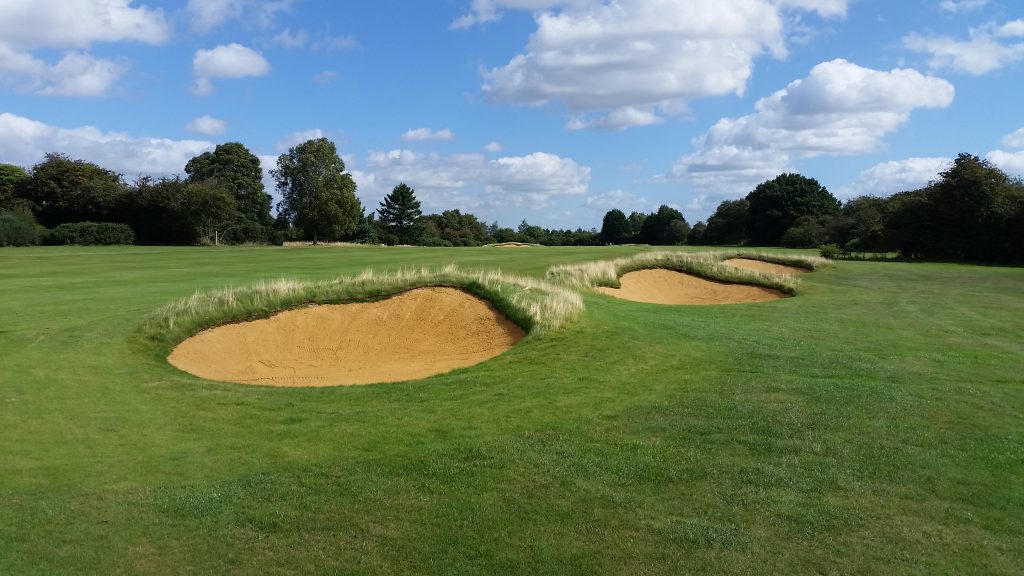
The removal of chemical constituents from products used to treat the course and the move toward a preventative rather than curative approach are bringing more challenges to greenkeepers and maintenance programmes. What are you doing to overcome this?
I feel this is going to be a massive change in greenkeeping practices over the coming years. All course managers will have to decide if we continue relying on chemicals or not. I have chosen not to wait until its too late and I am working very close with Symbio to create a healthy soil and make active soil biology the key for healthy turf.
I have tried preventative chemicals over the months at the end of last year and to be honest, on my course, it didn’t work, I had the biggest outbreak of fusarium less than 10 days after spraying on two separate occasions and that’s when I made the decision to try a different route. I quickly started using a fulvic acid over the winter months and found this cleaned up all the soil profile tremendously. I haven’t sprayed any fungicide since November and by using the Symbio programme over the winter and spring to reduce thatch levels and improve the soil I have been disease free, so I’m excited about the future to see the benefits improved soil health will bring. I know it won’t be a quick fix but everything starts with small steps. Thankfully my committee and board members have fully backed me in this decision.
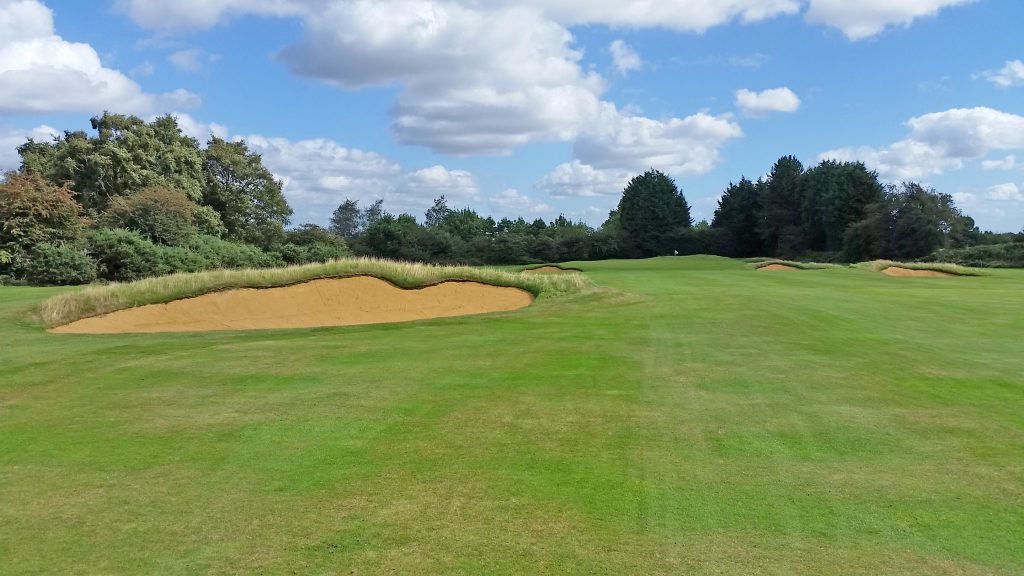
What aeration and topdressing programmes are you running across the course and why, and how often are you undertaking these processes?
Over the past year aeration has been the buzzword at Tadmarton. When I arrived the greens were very soft and retained far too much water after small rain showers with flooding particulary bad; on a sand-based heathland course that is not a good sign.
The thatch levels had to be addressed. Also when taking soil samples I found black layer six inches below the surface. My main concern was to break this up. We deep tined to 10 inches twice my first winter and again another twice over the past winter, using a Wiedenmann Terra Spike.
We introduced a pencil tine at a four inch depth throughout the summer every four to six weeks using a Toro ProCore and every two weeks we ran a Sarel roller over the surface to keep them open.
The intention is to run a deep tine over the fairways this coming autumn at a depth of 10 inches.
We started using sand-only topdressing on the greens, changing from fendress that had been used for many years; we are applying 80 tonnes a year on the greens.
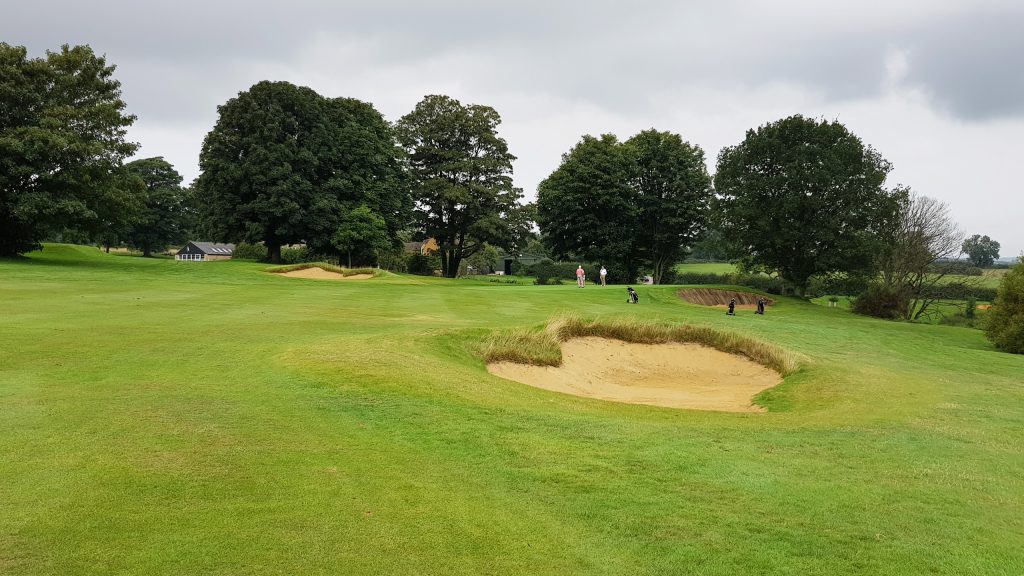
Part of the renovation project is tree and gorse removal and management. What were the problems identified and what remedial action has been taken?
A decision on heathland regeneration was decided by the members before I started. We are removing unwanted sycamore trees around the course and we planted 30 new pines last winter. The gorse has been left to become very leggy over the past number of years and with last year’s snow, many gorse bushes collapsed, making it very untidy. We are removing or stolling 50 per cent of the gorse over the next five years and trying to manage it better in clumps of gorse rather than almost hedges of gorse that we currently have. We want to encourage natural tall fescues into the roughs and surrounding areas.
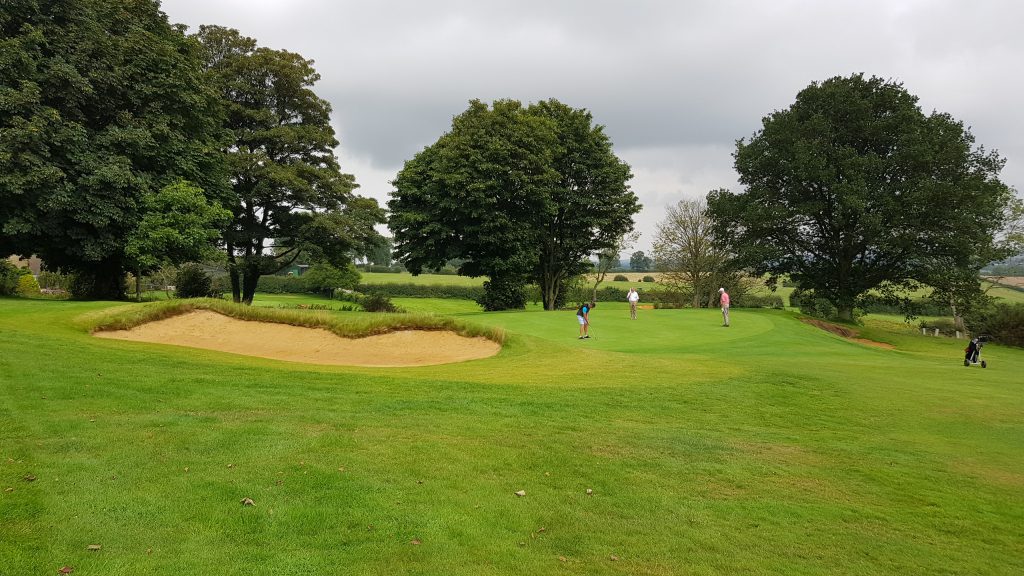
What height of cut do you use across the course?
We are cutting greens seven days a week at 3.5mm from June through to September. Tees are cut at 7.5mm twice a week, approaches also 7.5mm three times a week, fairways, twice a week at 13mm with two mowers and the semi rough at 1.75 inches once a week.
The pressures on the course manager to deliver a better product are growing year on year and the level of professionalism is rising with this. What do you think are the qualities now needed to meet the requirements and demands of golfers by someone in your position and how does this help contribute to the business of golf?
Education is vital, greenkeeping is a fast moving industry and it’s vital to stay informed with changes and new procedures available. This for me is reading greenkeeping magazines and following social media, where sometimes you may just pick up an idea that may work on your course.
Playing golf for me is vital. To try and understand what a golfer expects helps tremendously and gives a good understanding of the game. When I started out I remember being asked by my head greenkeeper how would you like your golf ball to land in an area that wasn’t properly prepared and that has stuck with me.
Trying not to take comments too seriously, it is very frustrating when you’re working so hard on the course to provide a quality product, then to receive a negative comment from golfers can be very frustrating. As we all know most golf clubs have 400 greenkeepers in the membership!
Having a good team under you, most clubs run with low staff so having a good happy team goes a long way to success.
Being a meteorologist we all spend all day with about five different weather apps hoping one will tell you what you want – usually rain.
Communication is vital – it could be Facebook or Twitter or course reports, but let the members know what’s happening.

What currently gives you the greatest satisfaction from your job?
The biggest satisfaction for me is seeing the transformation in the course from a Monday morning to a Friday afternoon, leaving on a Friday when the course has been set up for the weekend knowing the team have done their best and the course is looking good.
I enjoy doing winter projects, this was my first full winter programme. The plan was to rebuild and extend three tees and create a completely new championship tee, I was delighted with the results.
Tadmarton is a heathland course and for many years it has been set up as a parkland course. I have been set the target to get the course back to playing like a heathland; we set about opening up bunker run-ins, creating run-offs around the greens and have fast running fairways. These areas and results had lots of positive comments last year.
With your many years experience, what advice would you give to youngsters starting out and wanting to pursue a career in the profession?
Walk before you run, take your time and listen to the experienced members of the team. This is a job that brings a lot of happy days but can also give plenty of days when you want to give it all up. But if you’re passionate about your job and love being outdoors doing what you love, it can be very rewarding. Educate yourself, always be prepared to learn and never rest on your laurels.

John Stubbs:
Hello John, what’s your career path to becoming golf operations manager at Tadmarton Heath?
I grew up playing at Hawarden Golf Club and Padeswood and Buckley Golf Club. At 22 I was offered my first head professional’s role at Rhyl Golf Club in North Wales, having previously been the assistant to David Llwellyn at Northop Country Park where I was the first year to take the PGA’s new diploma programme.
In March 2008 I was offered the head professional role at Tadmarton. I was asked to join several committees in 2011, including greens – I was asked to become golf operations manager in 2017 and also chairman of greens that year.
What does your current role entail and what is the size of your team?
My current role sees me still as head professional: here I have a team of three.
As chairman of greens my work involves running all the budgets for the greens, plus myself and Jim have daily and weekly briefings to fine-tune the course in conjunction with the overall plan. We work closely with our general manager, Matt Draper, to drive the business forward while making sure the daily operation is smooth.
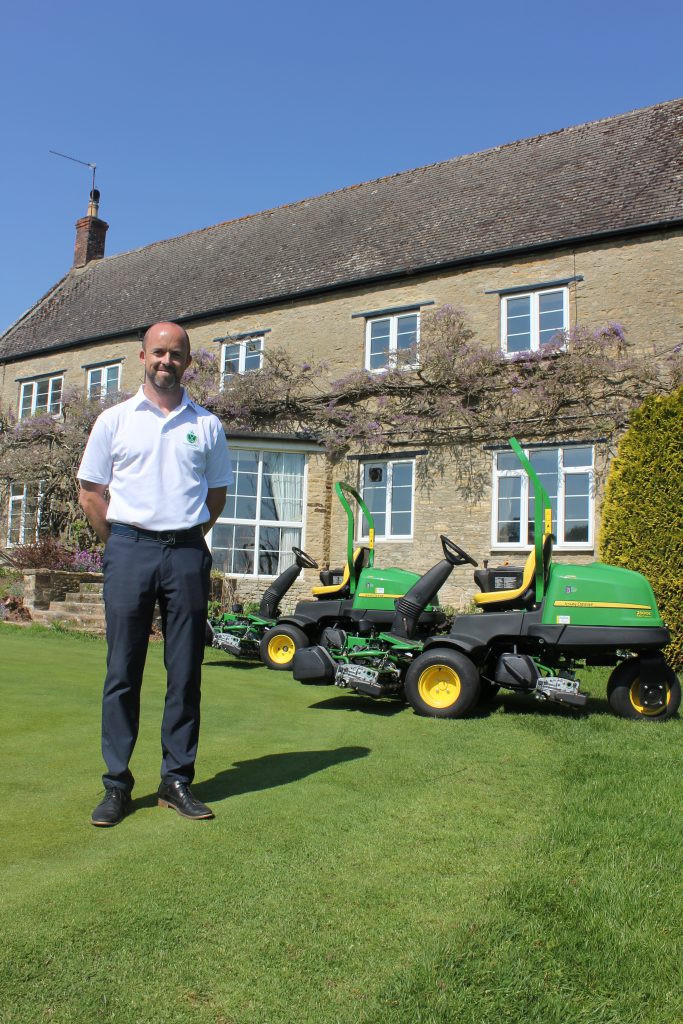
The course has undergone a five-year regeneration project as part of the club’s vision to put the traditional heath back into Tadmarton. What exactly were the plans for the course, who did the club work with and how was the work undertaken?
Ken Moodie designed the new bunkers and also some course layout changes which have taken place over the last few years; he also helped with our plan for our heath re-generation project, which is our plan for next five to 10 years.
The focus is now on heathland, the gorse stooling and removal programme and tree management, including removal of all self-seeding trees. Tree planting includes introducing 30 Scots pines every year for five years, plus rough management.
This will reduce the fertility in the ground, meaning the finer grasses will flourish.
We are one of the last true heathland areas in Oxfordshire. It’s not just about bringing the course back to its roots from land management either; we wanted to go that extra step and start to care for the course in a more natural and environmentally friendly way. We have teamed up with Symbio who have worked closely with us to develop a specific plan to improve the soil condition, using natural biology. With more and more of the harmful chemicals getting removed every year from the market we feel in two to three years time we will be ahead of the game when it comes to disease outbreaks.
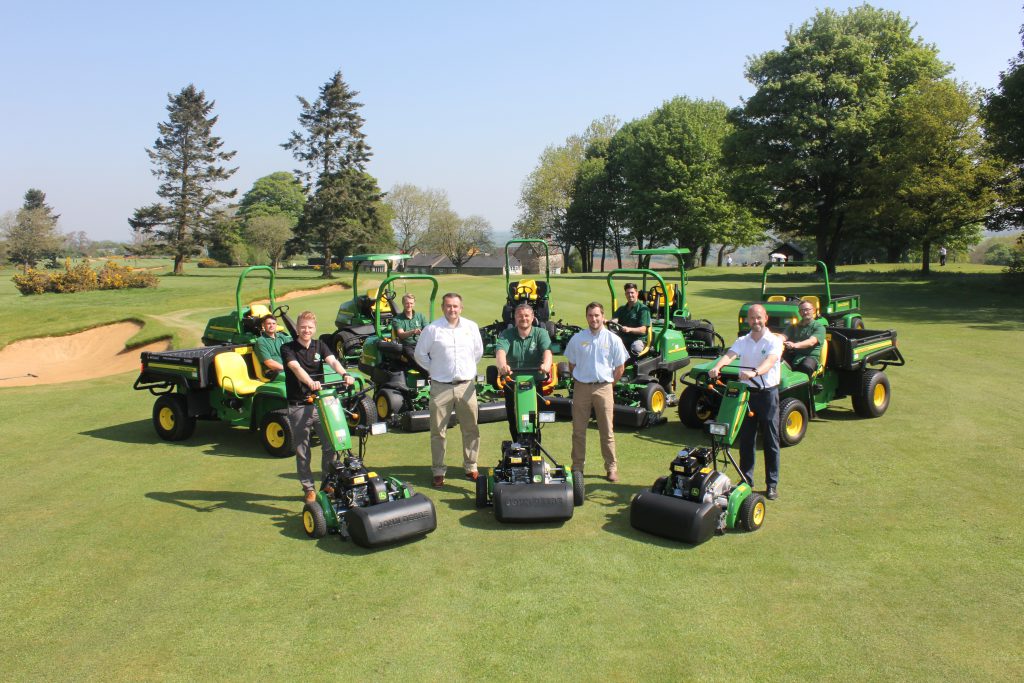
Which areas of the course were specifically addressed and why, what work has been undertaken to date and what positive result has this delivered for the course, members and visitors?
The whole course has been reviewed: bunker programme, gorse removal / stooling, clearing out, tree planting, some tree felling, new tees, larger tees and a new pumping station.
Certainly clearing out a lot of poor trees and undergrowth has allowed the more natural flowers to flourish; the bluebells this year were the best ever, the natural heathers on the course have started to come back, which our members and visitors love to see, and with the gorse stooling / removing programme, the members can find their balls now, until it grows back!
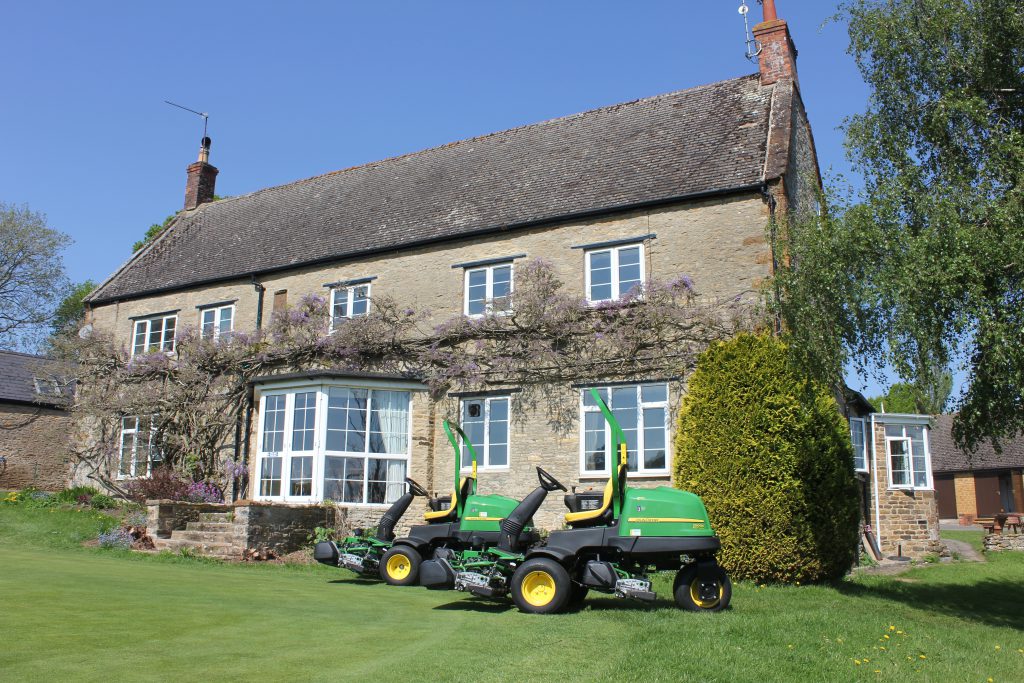
How has the team managed to achieve the delicate balance of retaining the special character of Tadmarton Heath, yet return the course to a heathland character and improve playability?
I think it is all in the planning and the guidelines we have set ourselves, instead of removing large swales of gorse we remove smaller sections each year to make sure the whole shape and character of the course isn’t altered too much. This is of course a slower process but we have been here nearly 100 years already so there is no point rushing now.
With any change to an old classic golf course the balance of improving it can be tricky. We have an understanding membership who we communicate to on a regular basis.
The club has recently bought a new fleet of machines using a lease deal. What was the reason for this?
Our old Toro deal was coming to an end and we wanted a total overhaul of our fleet. Not only to give our staff everything they need, but also to be more efficient as a business. Farols (and John Deere) really understood our idea and came back with a really exciting proposal.
As part of the tender process, what was the club specifically looking for?
Good service, face-to-face contact and high quality and reliable machines.
Which brand did you select and how would you describe the experience of working with the supplier?
We chose Farols who supplied John Deere. They have been true to their word and offered great after-sales and customer service. It is important that a trust is developed between both parties when there is a large investment being spent.
From a purely business point of view I cannot fault them and I know Jim feels the same way with regard to the quality of the machines they have supplied.
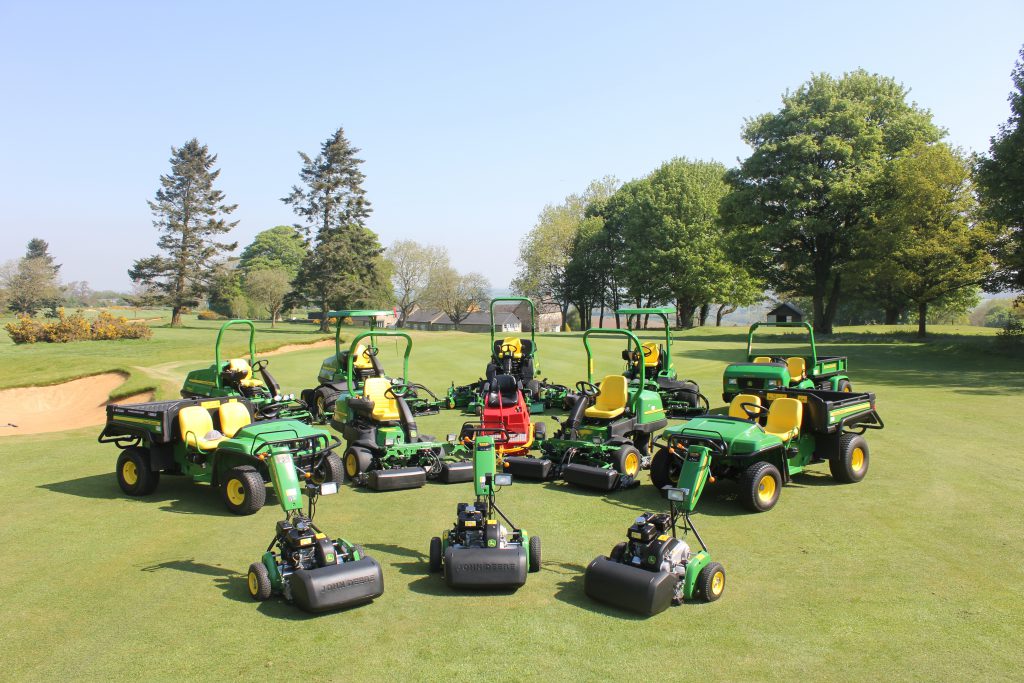
Are you happy with the results of the regeneration project to date and what is the general feedback from members and visitors?
It’s early stages but so far we couldn’t be happier, we are already seeing the finer grasses coming back in places, the clearing out and the small amount of felling that has taken place so far has really helped the course to breathe. Our members have been great and are really supportive of the work being carried out. We are always aware that the project needs to be sympathetic to our membership, but so far we feel we have that balance just right.
Looking forward, what further plans are there for the course in the coming years?
Like the Forth Road Bridge, it will never be finished, we have a solid five-year plan we are currently working towards but that gets added to each year. Projects that will also take place are new enlarged tees, an improved practice area, more irrigation on high wear areas which were highlighted after last year’s weather and a reduction in chemical use. The layout of the course is great but subtle tweaks over the coming years will only highlight the little gem we think we have.

























